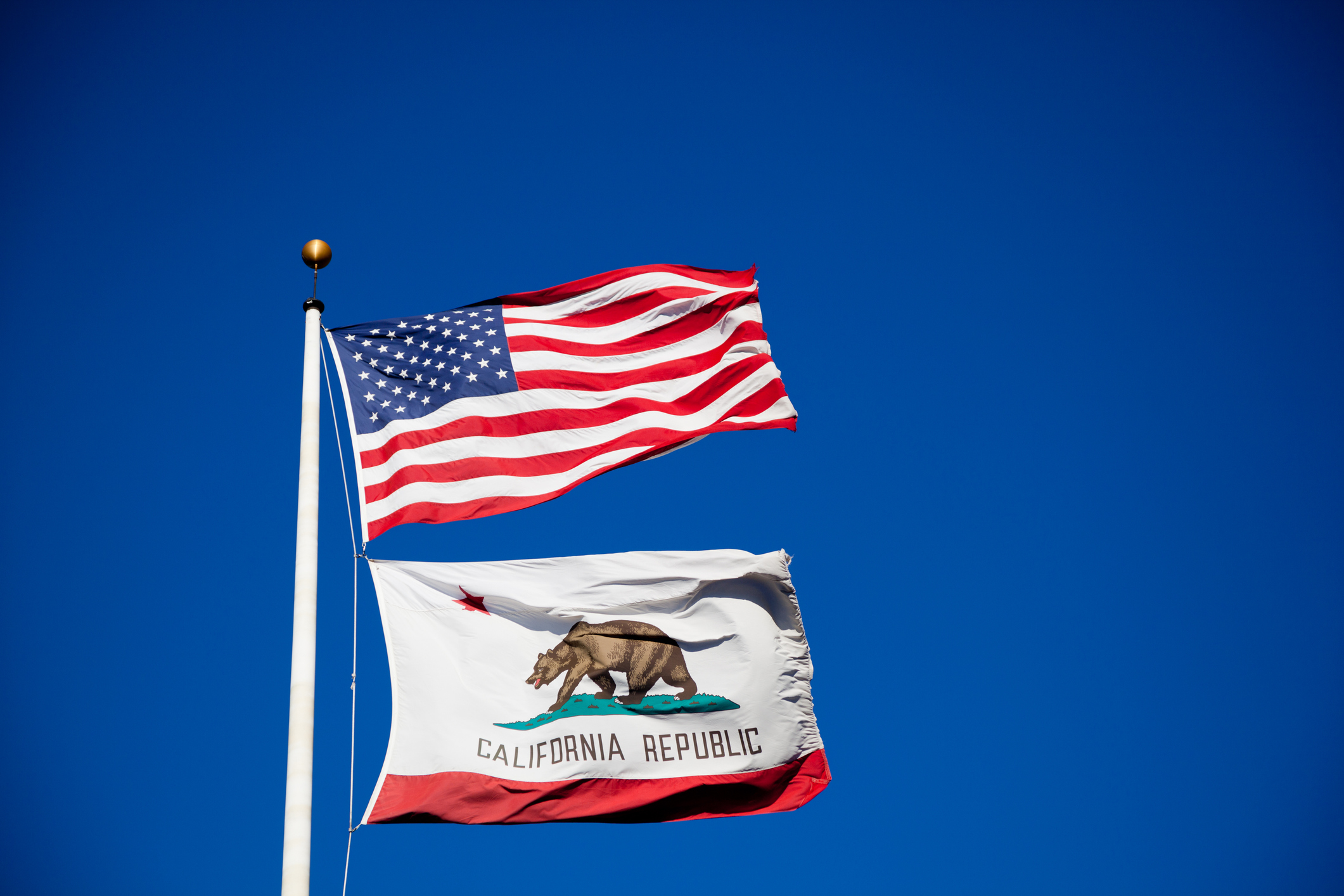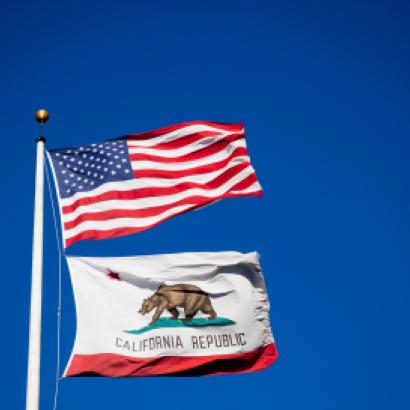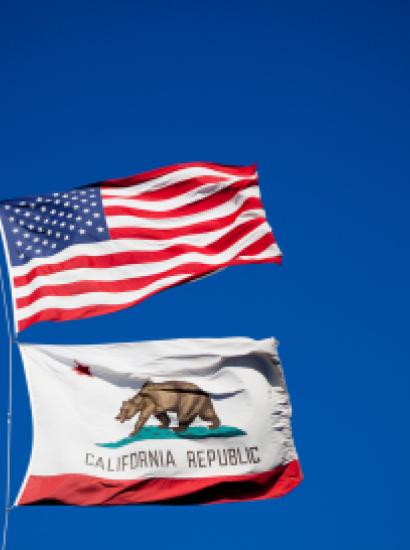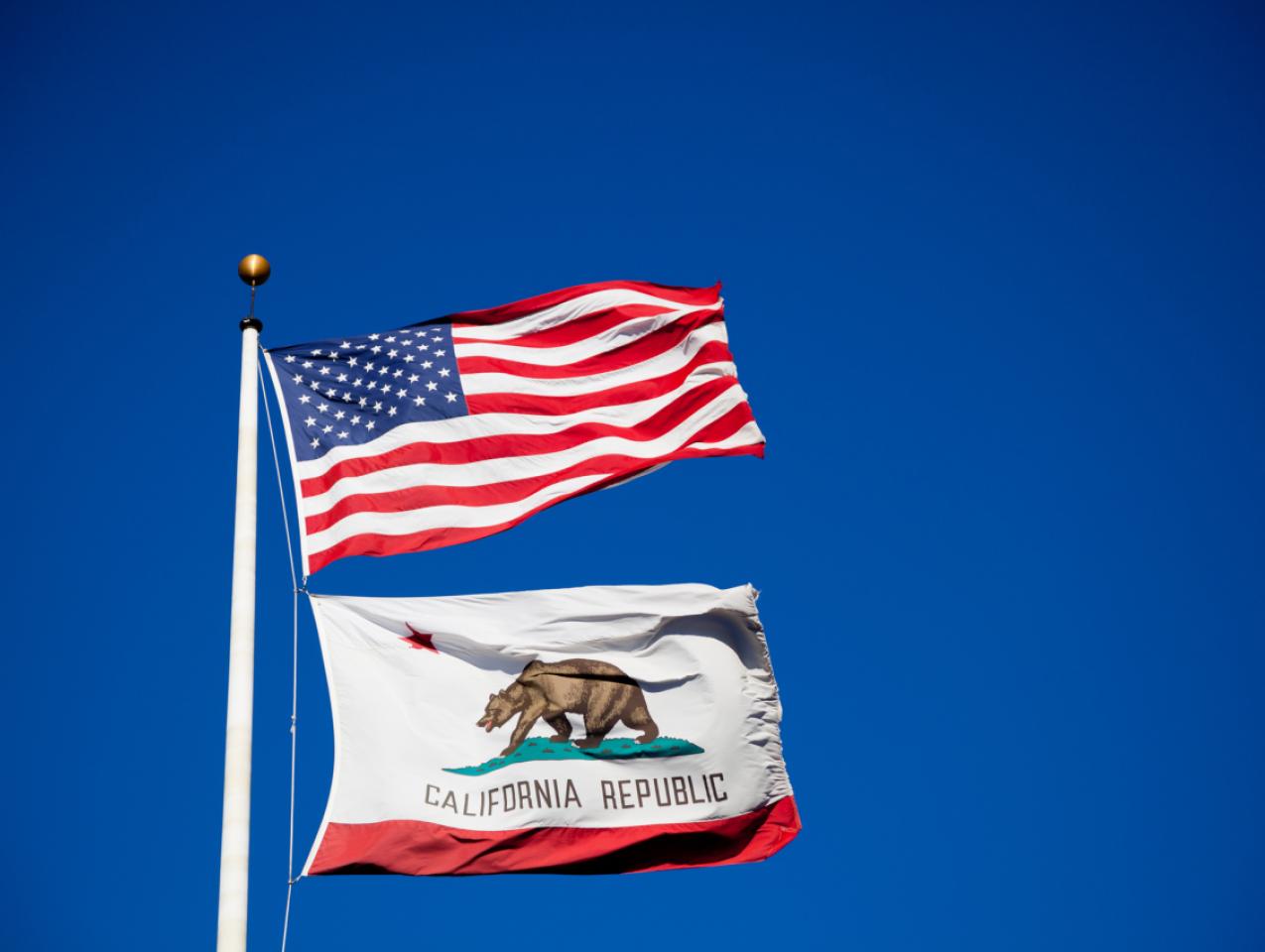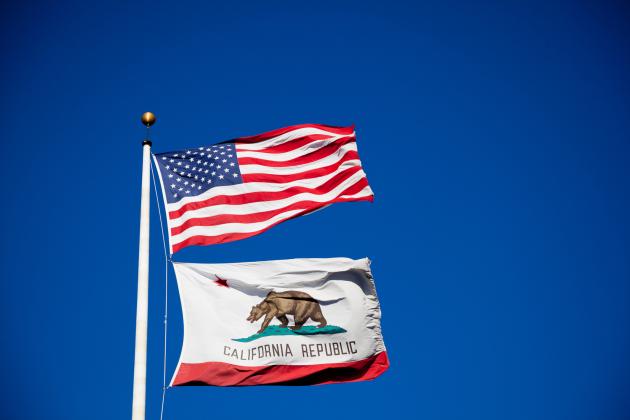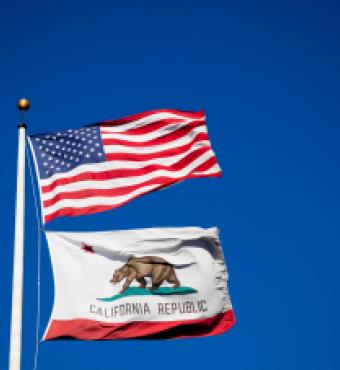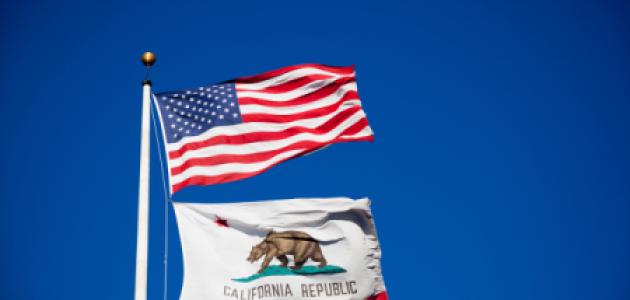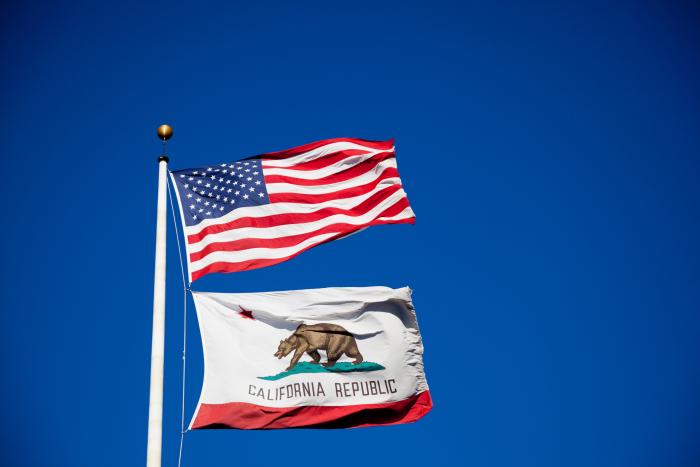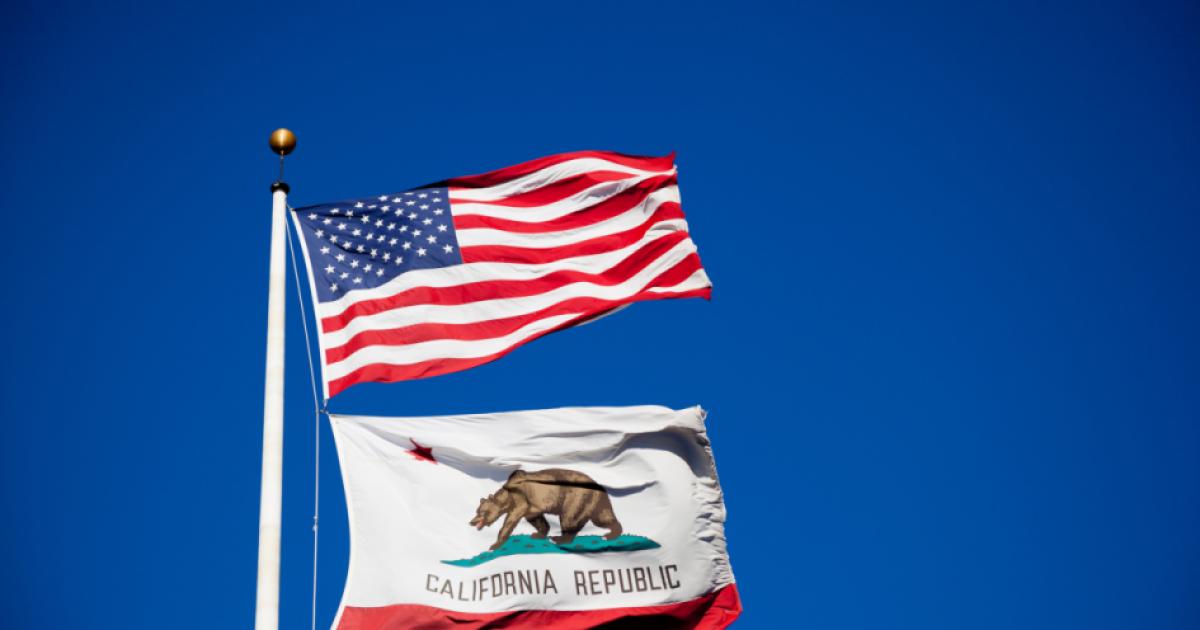On this, Saint Patrick’s Day, I think it only fitting to appropriate a line from the poet Marianne Moore—“I am troubled, I’m dissatisfied, I’m Irish”—and pick up where my colleague Lee Ohanian left off earlier this week with regard to Governor Newsom’s dissatisfying State of the State Address (and, by the way, my ancestors came to America from Ireland’s County Kilkenny).
But first, a disclaimer: in a past life, as a gubernatorial speechwriter, I assisted in the drafting of such orations, which is the governor’s way of setting the policy agenda in Sacramento in terms of tone and tenor, not to mention demands and expectations.
And, to be fair, the end product isn’t always that pretty—an hour-plus of too many initiatives often lacking a thematic consistency, which is what comes from too many policy cooks in the kitchen (the rhetorical equivalent of trying to cram several weeks of wardrobe changes into a carry-on bag).
That’s not what Newsom did in this year’s address (here’s the as-prepared version). His policy bromide for California lasted all of 18-1/2 minutes (for you children of the ’60s, it’s roughly the same length as Arlo Guthrie’s Alice’s Restaurant). Remember, this is the same verbose politician who, as mayor of San Francisco, once set up his own YouTube channel so he could present a 10-part, seven-and-a-half hour State of the City Address).
Newsom justified the briefness of his remarks by acknowledging bigger stories overseas: “It goes without saying, given the state of our world, I don’t imagine there are many people outside these walls waiting on the words that will be said here tonight.”
That said, so much for brevity being the soul of wit. Newsom spent more time taking potshots at the far more conservative state government in Florida than he did apologizing to the thousands of Californians still waiting for the Golden State’s incompetent Employment Development Department to make good on disability claims.
Why the fascination with Florida? My guess: California’s governor, who rarely misses a chance to slam Fox News, is perhaps a little too obsessed with Florida governor Ron DeSantis, a rising star in Republican circles and quite possibly a presidential contender in 2024. That may explain why Newsom’s oration comes across as more a campaign stump speech—for re-election in California this fall and, depending on the political fortunes of America’s president and vice president, quality time in early-primary states in 2023—than it does a prescription for California’s day-to-day struggles (those would include the nation’s highest poverty rate and second-worst unemployment rate).
So how to explain why a California governor would choose to limit his remarks to the length of roughly one inning on baseball—in an election year, no less—when a serious oration about California’s shortcomings beckons the need for another YouTube channel?
I’ll posit: it’s what comes from a lack of competition.
Three days after Newsom’s mostly forgettable address came the filing deadline for candidates planning to run in California’s June primary. On the gubernatorial side, Newsom’s looking at a field consisting of two low-profile Republicans—Orange County attorney Shawn Collins and State Senator Brian Dahle (his district covers 11 mostly rural counties northeast of Sacramento)—and one high-profile independent, San Fransicko author Michael Shellenberger (he finished ninth in 2018’s gubernatorial primary, with fewer than 32,000 votes). Tellingly, none of last year’s principal recall challengers opted for a rematch with Newsom.
What the three challengers in this year’s primary are looking at: long odds and an ominous history. None of the three will be able to compete with Newsom financially, as was the case in last September’s recall election. The last time a first-term California governor was shown the door by voters? That would be eight decades ago and the curious tale of Democrat Culbert Olson.
If Newsom felt that his tenure were in a more tenuous position, perhaps his fellow Californians might have been treated to a more substantive speech last week.
Just as California’s junior US senator, Alex Padilla, might be a more visible figure both in the nation’s capital and America’s most populous state — if he felt a little more job insecurity.
Padilla, like Newsom, is running in a low-wattage primary field, after which he’ll likely advance to November’s general election (here’s the slate of contenders). The last time a California senator was shown the door? Try 1992, when Republican John Seymour (appointed to the post in January 1991 after then senator Pete Wilson was installed as governor) lost to Democrat Dianne Feinstein (who’s still in office but not likely to run for re-election in 2024, as she’ll turn 91 later in the same month as that year’s Senate primary).
The easier way to Padilla to raise his profile back in California would be to speak out (often) about the wait in Ukraine, the dominant news story of the moment. But based on his committee assignments, Padilla’s not in an ideal position to do so (Padilla did issue a press release on Ukraine earlier this month, the focus being humanitarian assistance). The second-year senator’s responsibilities include chairing the Senate Judiciary Subcommittee on Immigration, Citizenship, and Border Safety, as well as holding seats on the following committees: Budget, Environment and Public Works; Homeland Security and Governmental Affairs; Judiciary; and Rules.
A look at Padilla’s Senate website shows an incumbent running for a full six-year term, but not running so hard as to break a sweat—unless one considers press releases touting relatively low-dollar (by federal standards) infrastructure grants for California as an indicator of a senator firing on all cylinders.
Collectively, the governor’s lightweight speech and the senator’s aversity to heavy lifting in the Senate raises a question of California’s political leadership in the near future.
Newsom is likely to secure a second term, but voters presently give the governor poor grades on such topics as homelessness and crime. A trend during Newsom’s time in office: he thrives when he finds a political foil—the Trump presidency, Larry Elder’s recall campaign, conservative media—but receives poorer marks when the focus is on his performance, which is perhaps another reason why he added the Florida (and Texas) strawmen to his State of the State Address.
Back in Washington, Padilla has been an underwhelming Senate presence. As for his colleague, Feinstein, compassion is the order of the day: her husband, San Francisco financier Richard Blum, passed away last month after a long battle with cancer—thus the speculation that she may retire early, if she decides she doesn’t want to serve the remainder of a term that runs through the end of 2024.
Meanwhile, back in Sacramento, more than one-quarter of the legislature is stepping down after November (35 of the 120 members in the two chambers opting to move on to other pursuits)—i.e., the “Great Resignation, Capitol Edition.” In a body already challenged for institutional knowledge thanks to term limits and political ambition (those seeking higher office), that doesn’t bode well for how Sacramento’s business is conducted in 2023 and beyond.
Perhaps California is fortunate that its governor limited his visionary remarks to 18 minutes. Take the state myriad’s challenges, add a political class wallowing in job security in this election year, and it’s not a pretty picture.







